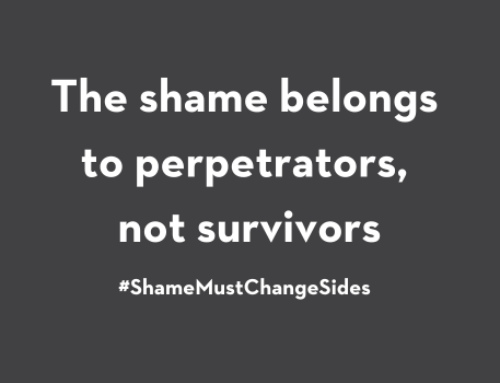
Recently in the Edmonton area there have been two high profile domestic murders that shine light on the enduring nature of domestic abuse. Both women were murdered long after the relationships had ended. The first, Nadine Skow, had broken off the relationship more than a year prior to her ex-partner breaking into her home and stabbing her 17 times. She had moved across the province to hide from him. She was preparing to move again. The second, Colleen Sillito, had sought police protection and had a Court Order barring him from contacting her; he had already violated the Order at least once. She was also in a new relationship. But the abuse did not end. In both cases, the women had taken significant steps toward protecting themselves.
As Canadians many of us may not actually realize that women experiencing abuse are most at risk after leaving the relationship. Leaving is not only physically, emotionally and financially difficult, it is also dangerous. As a society we must find new and innovative ways to support those who leave an abusive partner in the short term but also in the longer term. Abuse only ends when the abuser stops abusing. A woman’s choice of leaving an abusive relationship doesn’t always translate to the end of the abuse.
If you know or suspect someone may be a victim of domestic violence, you can help. Here are some other measures you can take to support a woman if you suspect she is experiencing abuse:
1) Put her safety first. Never talk to anyone about abuse in front of their suspected abuser. Unless she specifically asks for it, never give her materials about domestic abuse or leave information through voice messages or emails that might be discovered by her abuser. However, abuse thrives in secrecy, so speak up if you can do so safely.
2) If she wants to talk, listen. If she doesn’t, simply tell her she does not deserve to be harmed and that you are concerned for her safety. Ask her if there is anything you can do to help, but don’t offer to do anything that makes you uncomfortable or feels unsafe.
3) If she decides to stay in the relationship, try not to judge her. Remember, leaving an abuser can be extremely dangerous. Sometimes, the most valuable thing you can offer a woman who is being abused is your respect.
4) Learn about emergency services in your community, such as your local women’s shelter or sexual assault centre. Search on-line, or consult the front pages of your telephone directory.
If someone is in immediate danger, call 911 or the emergency number in your community.
Learn More
- Day 3: A Walk in the Park
- Day 4: Leave? Easier Said Than Done
- Day 5: The Myth of Access to Justice for Women in Canada
Take Action
- Join GEN1. Become a monthly donor and help us build the first generation free of violence against women.
- Sign up for our e-newsletter to have our latest stories and resources sent to your inbox.
- Follow us on Facebook and Twitter to join a national conversation on gender equality.







